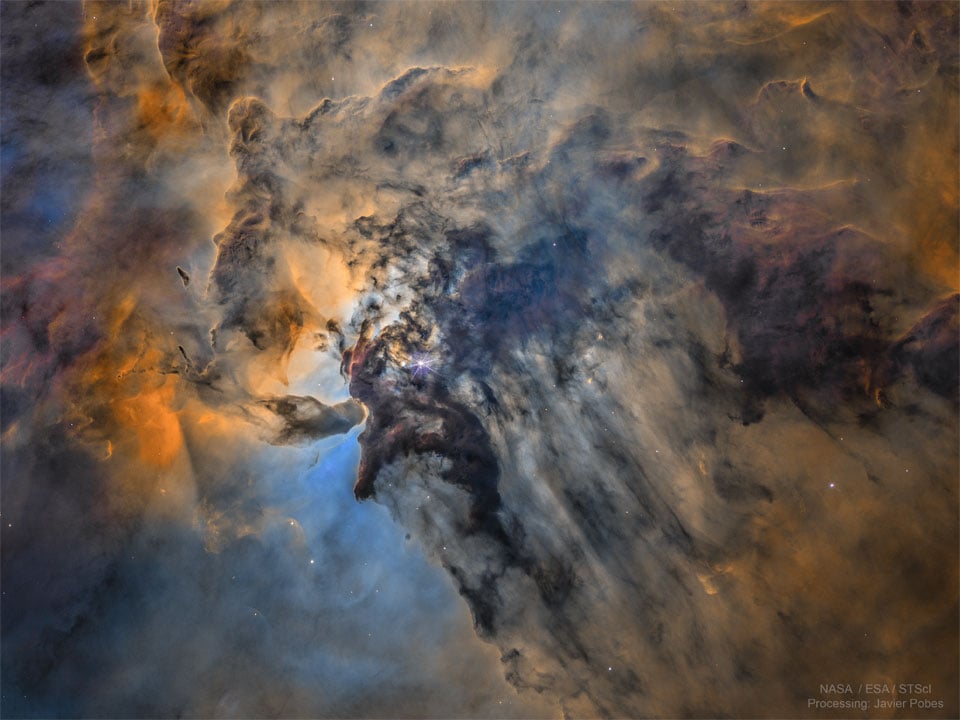...there are two different ways to measure this cosmic expansion rate, and they don’t agree. One method looks deep into the past by analyzing cosmic microwave background radiation, the faint afterglow of the Big Bang. The other studies Cepheid variable stars in nearby galaxies, whose brightness allows astronomers to map more recent expansion.
You’d expect both methods to give the same answer. Instead, they disagree—by a lot. And this mismatch is what scientists call the Hubble tension...Webb’s data agrees with Hubble’s and completely rules out measurement error as the cause of the discrepancy. It’s now harder than ever to explain away the tension as a statistical fluke. This inconsistency suggests something big might be missing from our understanding of the universe - something beyond current theories involving dark matter, dark energy, or even gravity itself. When the same universe appears to expand at different rates depending on how and where you look, it raises the possibility that our entire cosmological model may need rethinking.
 The Busy Center of the Lagoon Nebula
The Busy Center of the Lagoon Nebula
But how could light pass through nothing? Surely there must exist a lumeniferous aether!
Exactly. People have been convinced of numerous "scientific" ideas over the centuries that later turned out to be totally bogus. "Dirt creates vermin".
And maybe, in a few decades or centuries, they laugh at the notion of Dark Matter. Or what the stupid cavepeople of the 21st century still believed was gravity or speed of light.
We now treat gravity more as curved space time than a force, but what is curved? Surely space time must be something